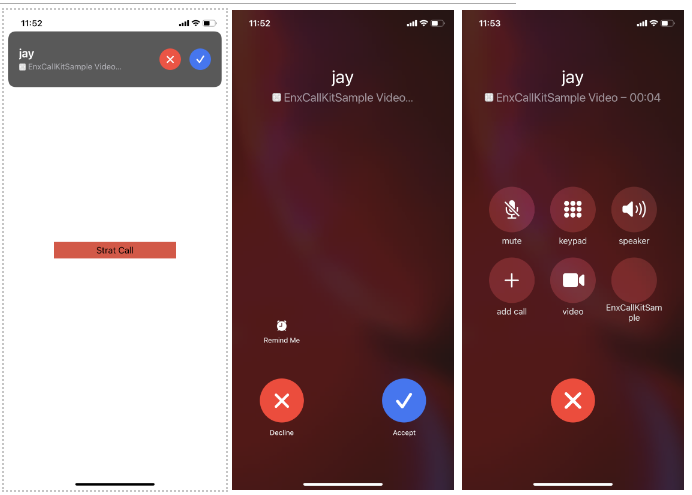The Android Calling UI Framework is built on top of the CallKit API, providing a native telecom UI interface for Android users or simulating a similar experience for app-to-app calling.
Release Date: December 15, 2024
Table of Contents
Overview
A Calling UI Framework is introduced for Android Native App Developers to simplify or minimize coding efforts when integrating the CallKit interface. Using this Calling UI Framework, you can enable the app-to-app calling feature in less than five minutes with the UIKit Framework.
Note that the UIKit Framework, built on top of UIkit, is a powerful framework that allows you to create an Audio/Video UI with just a few lines of code. Know more…
Pre-requisites
Here are the pre-requisites for enabling the Calling UI Framework in your existing application:
- Application must have enabled VoIP feature in background mode.
- You need to integrate your own Notification Service, as no built-in notification service is provided.
How to integrate in Android Native App?
For Calling UI Framework integration in Android, create an instance of EnxCallKitView class and handle Callback functions
- Observer:
EnxCallKitStateObserver - Class:
EnxCallKitView// Create an instance of this Class. - Parameters:
this: Pass reference of your activityname: Name of the callerint: reference of iconthis: reference of Observer
- Callbacks:
callAnswer():When you receive incoming callcallReject(): When you reject incoming callcallTimeOut(): When you didn’t respond to incoming call notification, it times out in 45 seconds.
var callKitView = EnxCallKitView.getInstance(
this@ConferenceActivity,
"name",
com.enxcallkit.R.mipmap.ic_launcher_round,
this)
override fun callAnswer() {
// When you receive incoming call
}
override fun callReject() {
// When you reject incoming call
}
override fun callTimeOut() {
// When you didn't respond to incoming call notification,
// it times out in 45 seconds.
}

